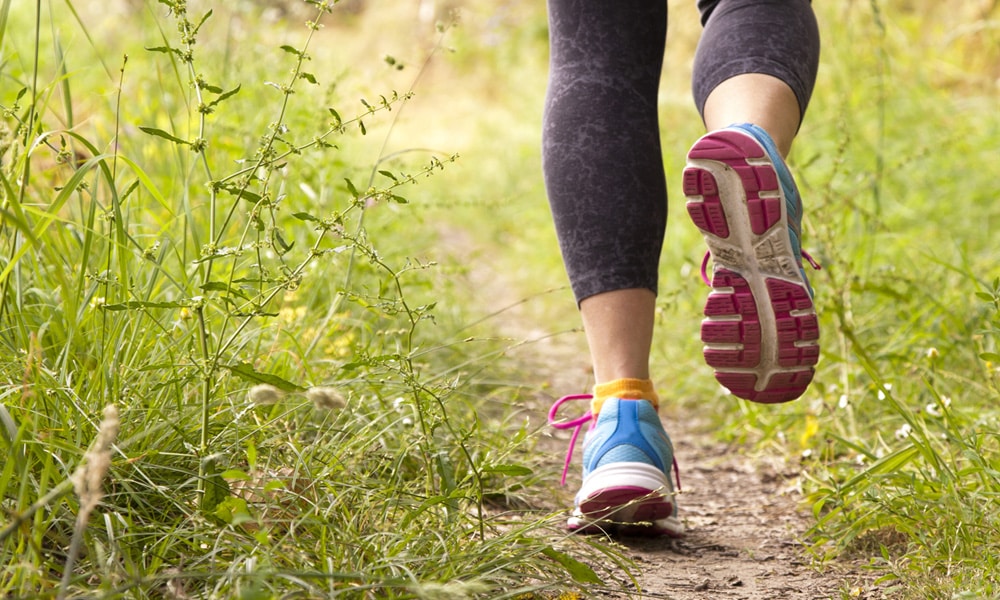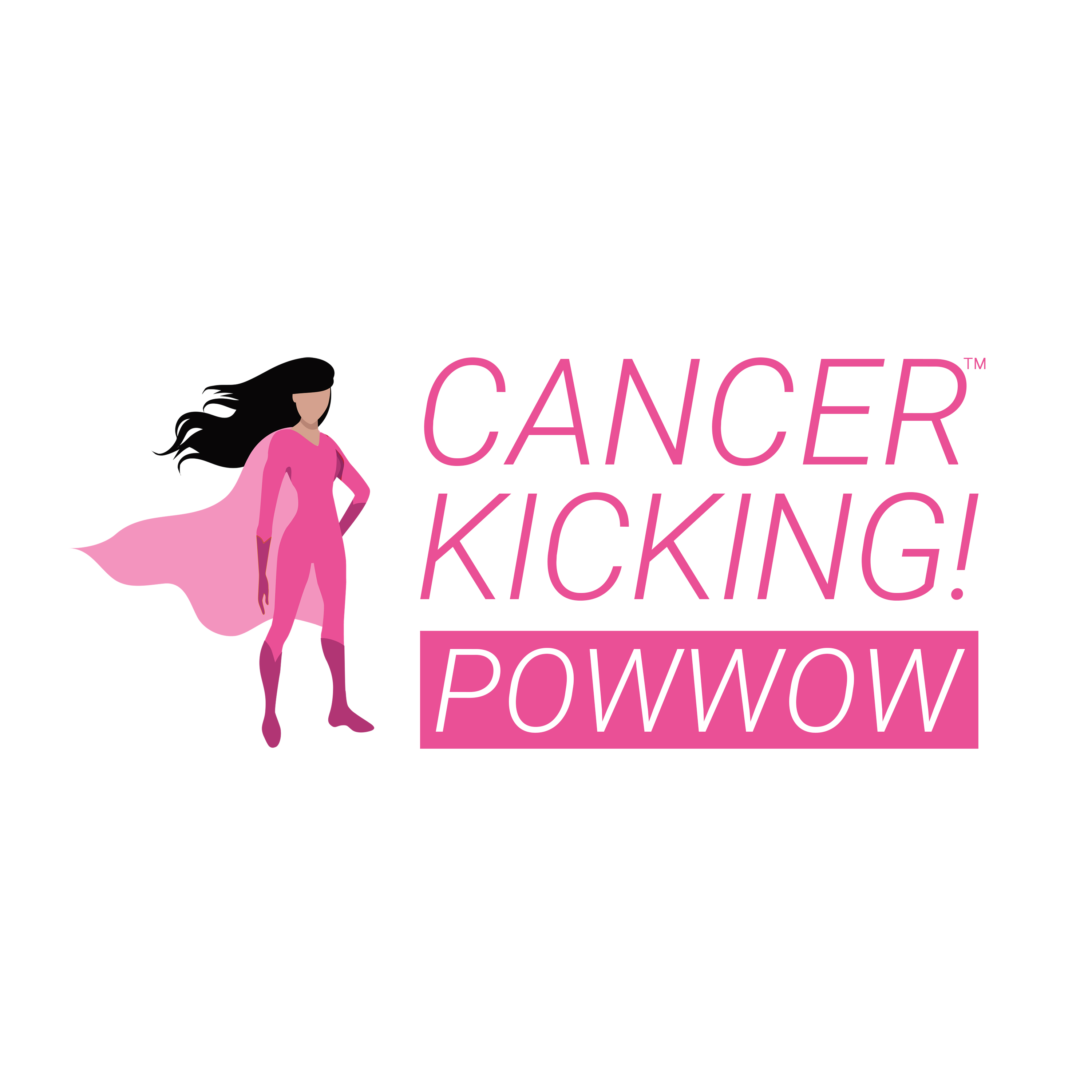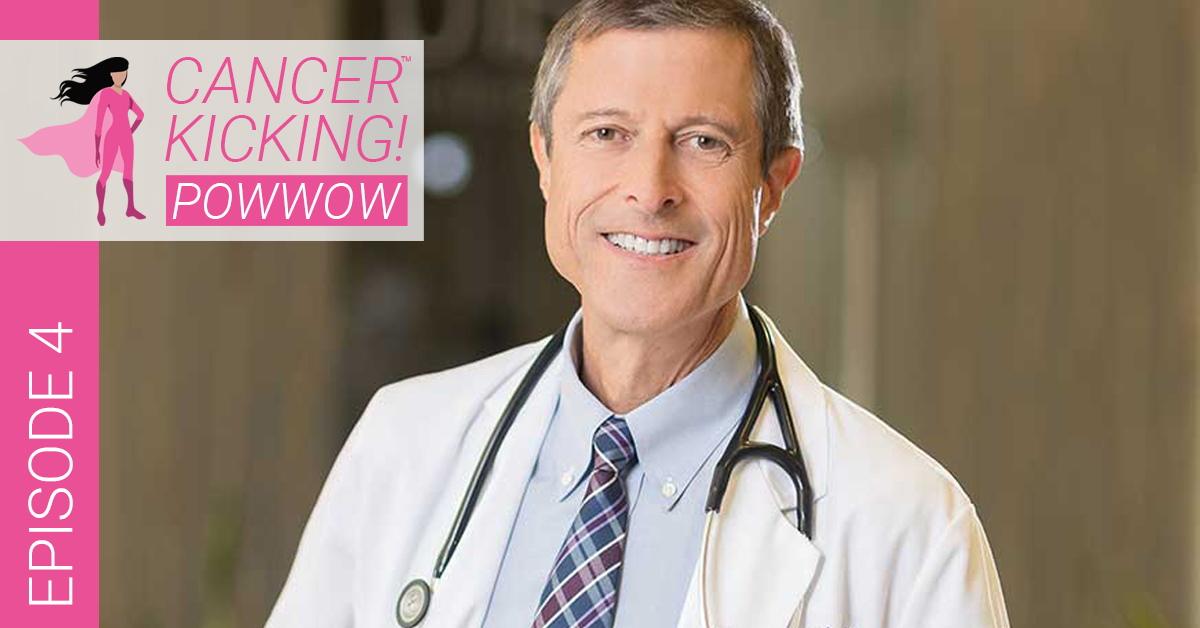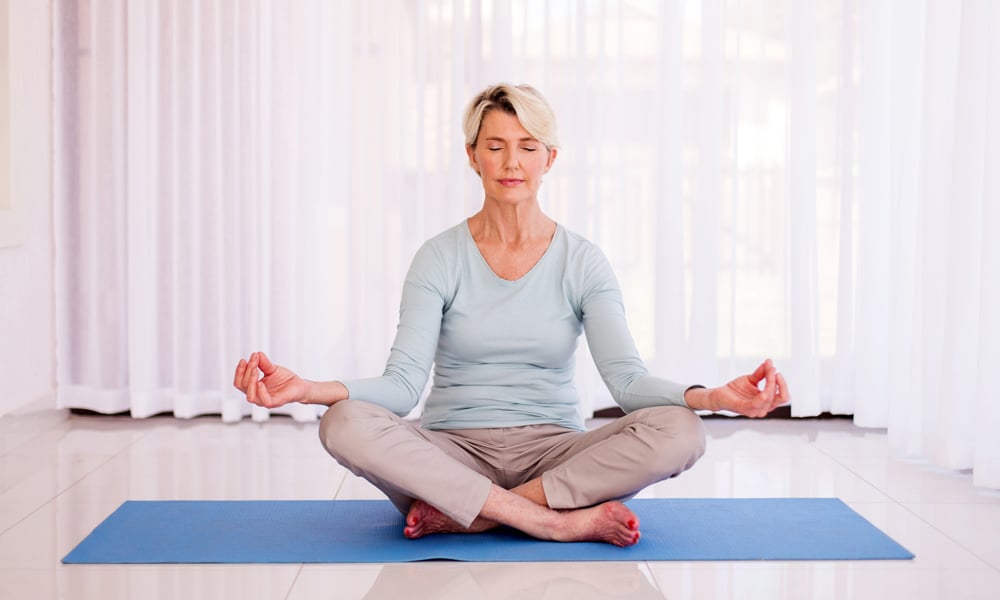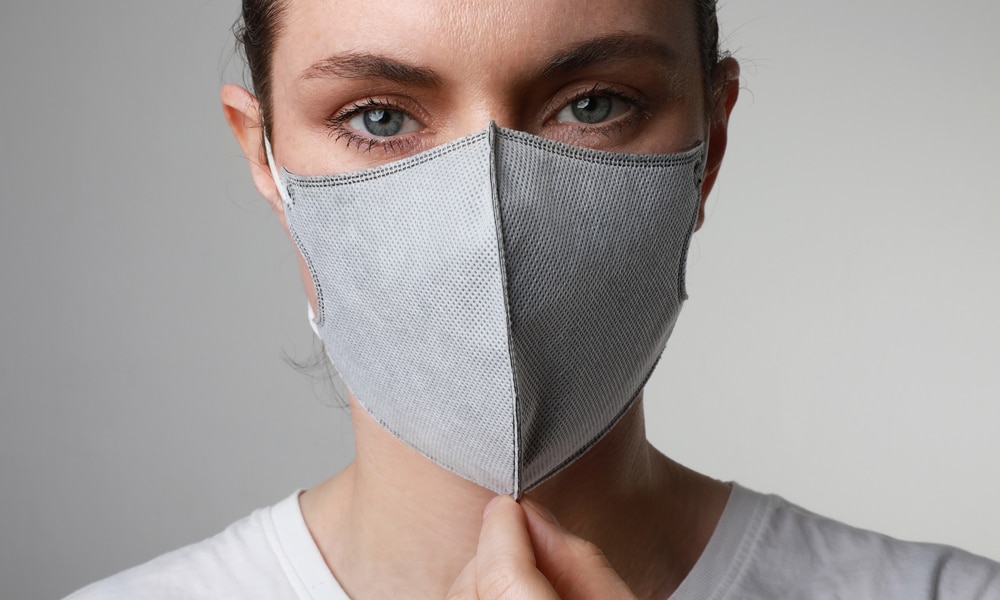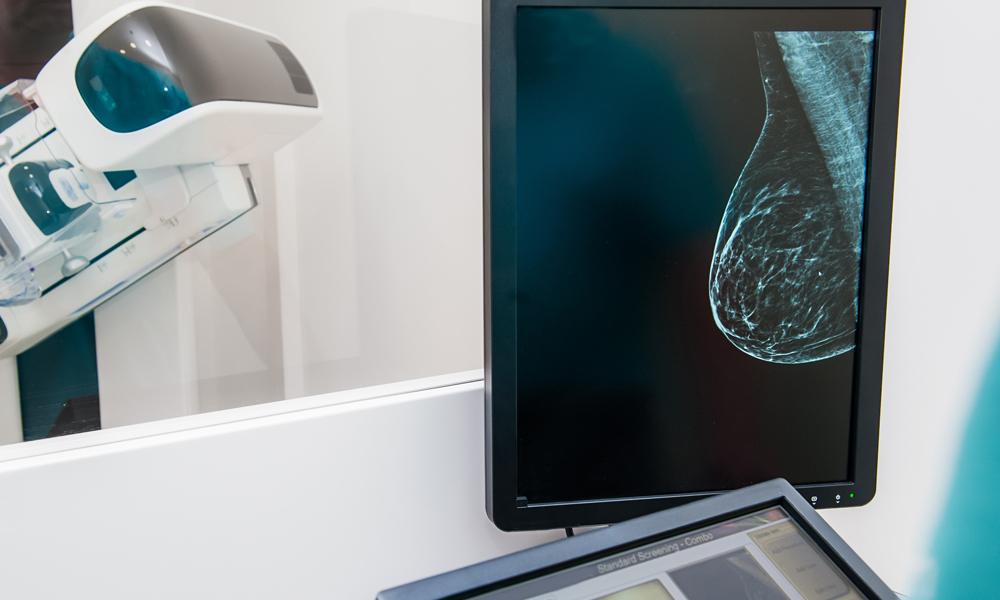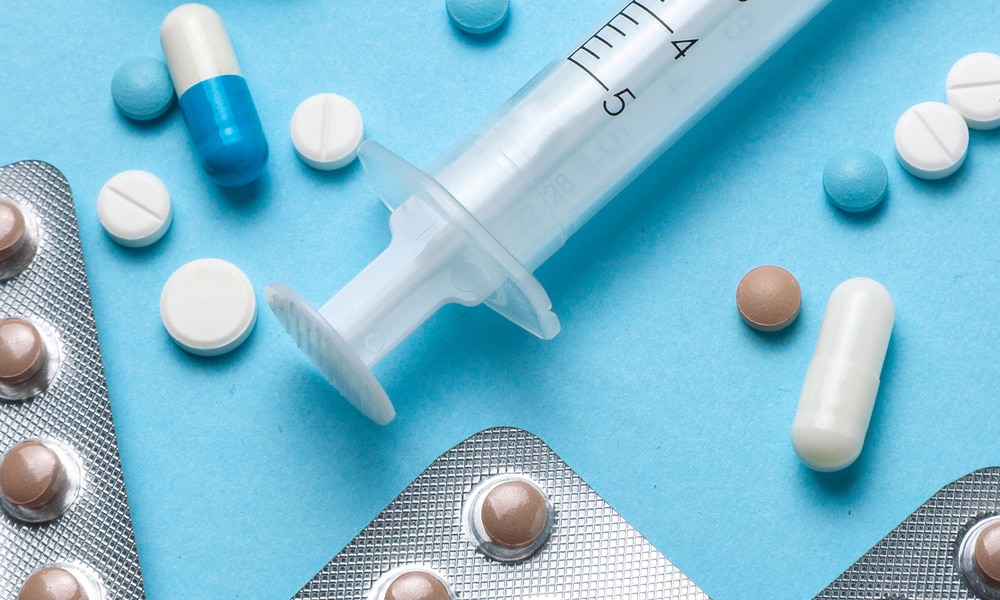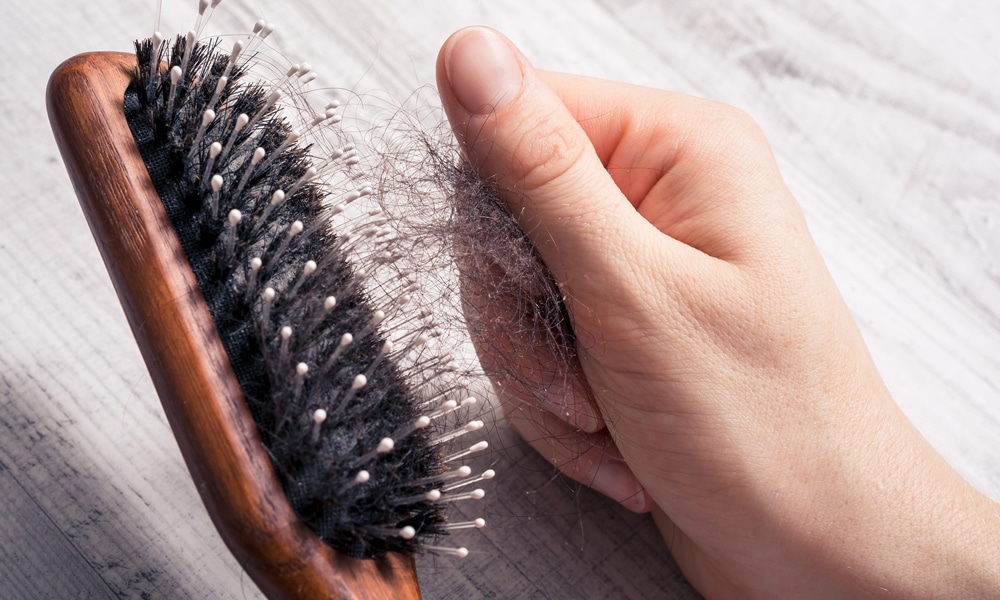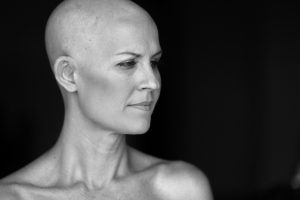For the past number of years, we’ve all heard or read about the positive impact that physical activity has toward decreasing your risk of stroke and heart disease. In order to reap these heart-healthy benefits, do you have to ride your bicycle 365 miles nonstop in a single day like Pink Lotus co-founder Andy Funk did to raise money for the Pink Lotus Foundation? No, absolutely not!
The American Heart Disease Association’s most recent report from 2017 confirms that moving even a little bit is better than not moving at all: “Even low levels of leisure time physical activity (up to 75 minutes of brisk walking per week) were associated with reduced risk of mortality compared with participants who engaged in no physical activity.”
Since heart disease is still the number one cause of death in the United States, hopefully, this is enough of a reason to get you up and moving. Need another amazing fact to really get you going? Exercise will decrease your risk of breast cancer and – if you currently have breast cancer – exercise will increase your survival rate.
Physical activity is also invaluable for managing the potential negative side effects related to your breast cancer treatment.
Does that have your heart pumping now?
Similar to the heart-disease study referenced above, breast-cancer studies are showing that even a moderate amount of exercise, such as walking 30 minutes a day, makes a difference.[1] In one study, walkers who walked on average just two hours per week decreased their breast cancer risk by 18%. That’s right: just two hours per week.
If you want to decrease your cancer —and heart disease risk— even more, ramp up the intensity and add some weight-bearing exercises, as well. “The preponderance of epidemiologic studies indicates that women who engage in 3-4 hours per week of moderate to vigorous levels of exercise have a 30%-40% lower risk for breast cancer than sedentary women.”[2]
Over 11 hours of video content are now available to stream from any device. If you cannot attend our annual Summit at Terranea Resort, sign up for the Virtual Summit instead and get the same information from the in-person Summit in the convenience of your own home.
What about Exercise and Menopause?
Exercise is especially important for reducing breast cancer risk in postmenopausal women as it can directly help reduce your body mass index (BMI) (what’s my BMI?). Studies have shown that an increased BMI after menopause leads to a greater chance of acquiring breast cancer (learn all about menopause, HRT and breast cancer risk here). Specifically, “women who are overweight or obese have a 50%-250% greater risk for postmenopausal breast cancer.”[3]
If you currently have breast cancer, evidence has consistently shown that more exercise equals a lower risk of death not just from breast cancer, but all causes. Adding at least five servings of fruits and veggies to a 30-minute-a-day exercise lifestyle decreases your risk of death even further – up to 44% over breast cancer patients who do not exercise or eat the recommended produce servings.[4] Don’t worry if you never exercised before your diagnosis. What matters is what you do right now. If you dedicate yourself to finally being active, studies show that you will have a 45% lower risk of death than if you stayed sedentary. Scarily, if you were sedentary before your diagnosis and become even more so after your diagnosis, you are increasing your risk of death by 300%. So, let’s get a move on!
While it’s easy to say you should exercise, everyone understands that it’s not always easy, especially when you are struggling with the side effects of your cancer related treatment. But for your short and long-term health, it’s important to try to break this catch-22. The more you exercise, the more your side effects will diminish. The more your side effects diminish, the more you will want to exercise. The more you exercise — both in terms of duration and intensity — the more you will increase your survival from breast cancer (and other diseases).
Stay Connected
Stay Connected
What are other Benefits?
As example, increased physical activity helps with such breast cancer side effects as “impaired cardiopulmonary fitness, reduced upper-extremity function and mobility, and elevated body weight.”[5] These same studies have proven that it also helps with the less visible — but equally important — quality-of-life symptoms, such as fatigue, body pain, and decreased emotional and psychosocial well-being.
Exercise even helps lymphedema, a potentially chronic and debilitating side effect of breast cancer. Though previously discouraged for those with lymphedema, “the largest exercise and lymphedema trial, the Physical Activity and Lymphedema Trial, demonstrated that supervised, slowly progressive resistance exercise (RE) performed twice weekly while wearing a compression garment is protective against lymphedema flare-ups.”[6]
Whether you have breast cancer or not, exercise is a game changer for you now and in the future. As busy as we all are, adding a few hours of physical activity to our schedule must be a priority. If you don’t do it for yourself, do it for someone you love. Going for a walk together will help both of you live a longer, healthier life. And that’s good for everybody’s heart.
References
- http://ascopubs.org/doi/abs/10.1200/jco.2006.08.6819
- https://www.ncbi.nlm.nih.gov/pubmed/12897329
- https://www.ncbi.nlm.nih.gov/pubmed/12897329
- https://www.ncbi.nlm.nih.gov/pubmed/17557947
- https://www.dovepress.com/exercise-after-breast-cancer-treatment-current-perspectives-peer-reviewed-fulltext-article-BCTT
- https://www.dovepress.com/exercise-after-breast-cancer-treatment-current-perspectives-peer-reviewed-fulltext-article-BCTT

